CASH FOR CARBON
Alberta farmers have a new option to be paid for the C02 they sequester. A program by Trimble will compensate those who demonstrate and quantify sustainable on-farm nitrogen management practices.

Alberta farmers have a new option to be paid for the C02 they sequester. A program by Trimble will compensate those who demonstrate and quantify sustainable on-farm nitrogen management practices.
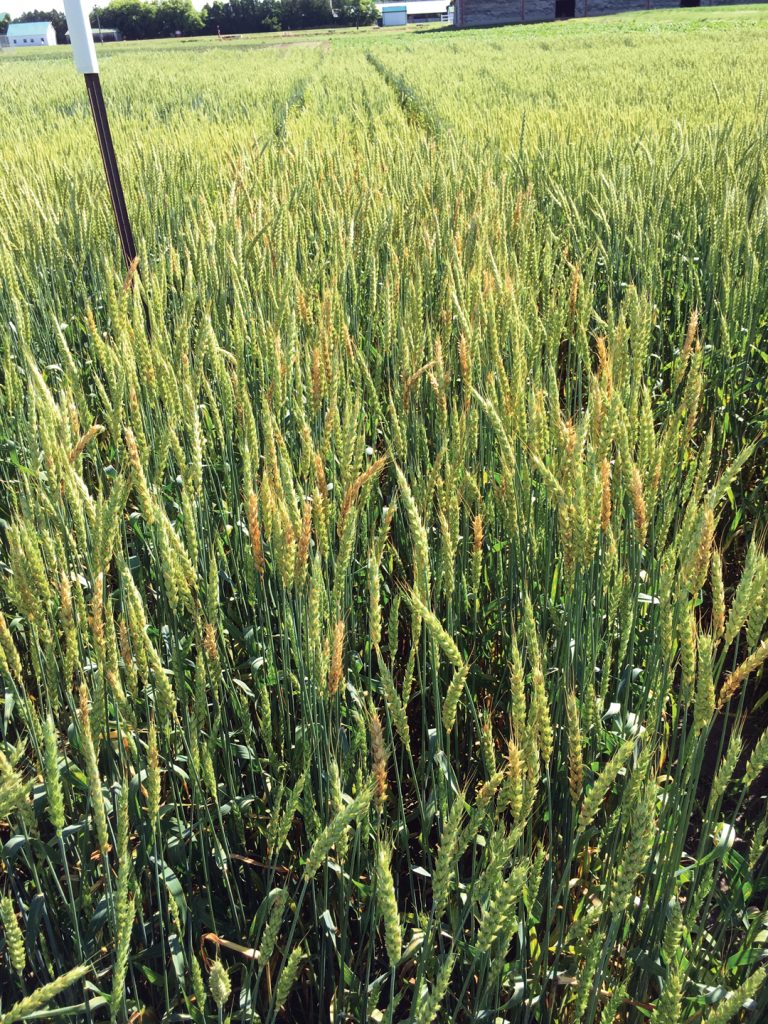
In the battle against Fusarium Head Blight (FHB), research from the University of Saskatchewan suggests fungi versus fungi is the undercard to watch.
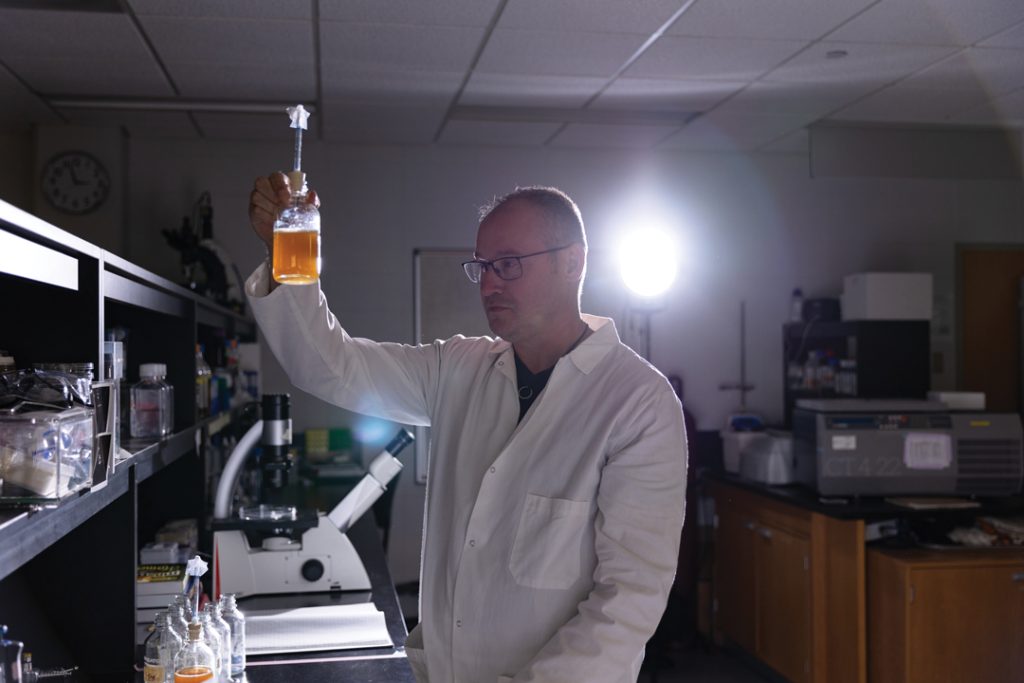
For two decades, Chris Eskiw has studied the human genome. An associate professor in the University of Saskatchewan’s College of Agriculture and Bioresources, his work has focused on how DNA regulates health.
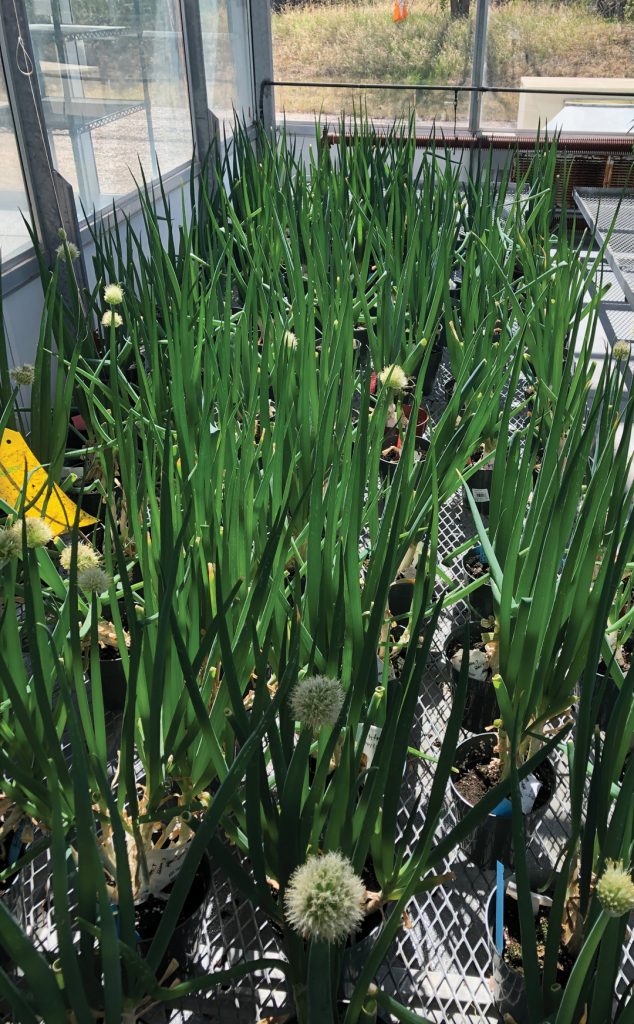
Karen Tanino, a University of Saskatchewan plant sciences professor, and master’s student Ariana Forand, investigate how plants withstand multiple stresses such as heat, drought, cold and disease. The results of a study they recently completed could be used to help plants better withstand stresses caused by climate change and disease.
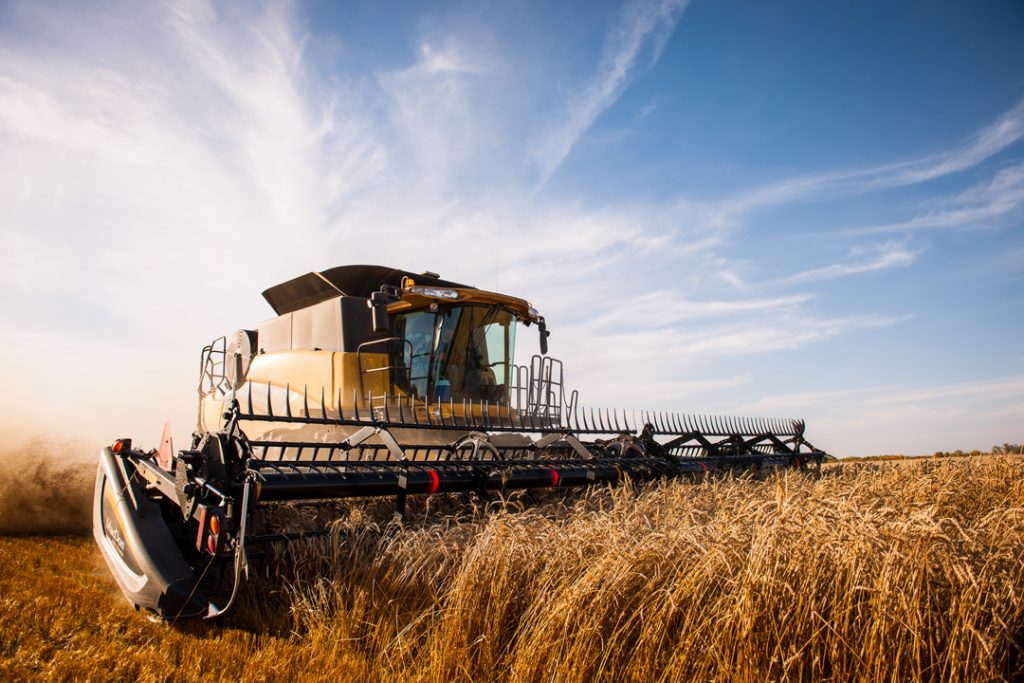
While the nation expects agriculture to contribute to long-range carbon emissions reductions targets, agriculture has made huge gains in sustainability since the early 1990s. Naturally, farmers are frustrated by the lack of recognition for these positive developments.
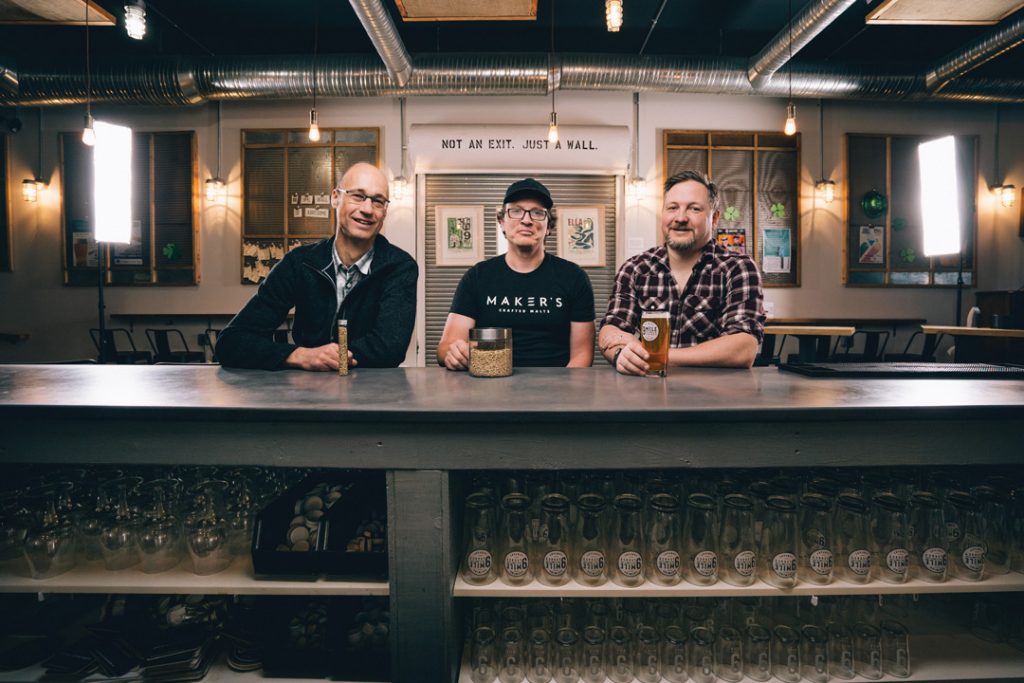
In 2016, Rosthern, SK, barley farmer Matt Enns escaped the Prairie deep freeze to relax in the Florida sun for the winter. More than a mere getaway, he intended to use this time to formulate his next career move after having expanded his stake in the family farm. As fate would have it, while he calculated his agricultural future, he joined a craft beer club near Orlando for the duration of his holiday. Its enthusiastic young members hosted tasting events where they sampled new and unique local brews produced by Florida’s vibrant craft brewing industry. His time with the club inspired Enns to launch Maker’s Malt, a micro-maltster venture. Established in 2018, the business would in turn help inspire those in Saskatchewan’s fledgling craft beer industry to take flight.
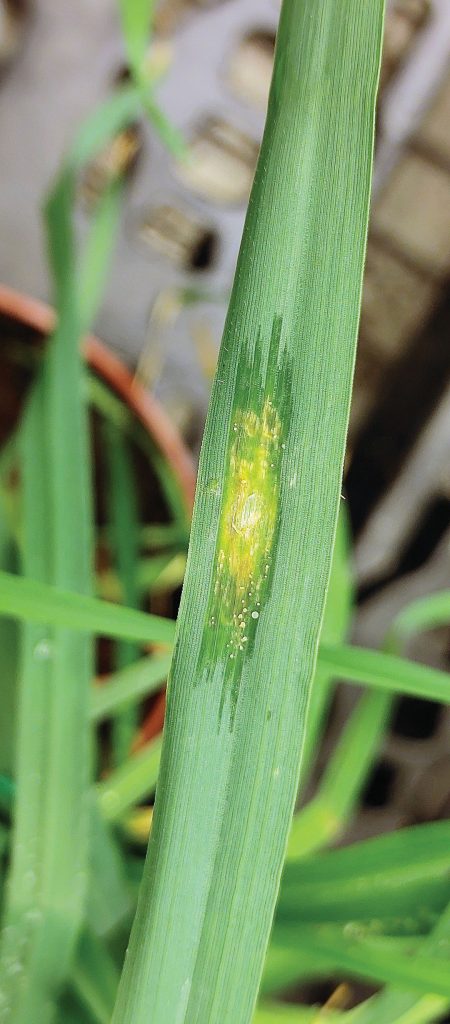
Bacterial leaf streak (BLS) is a subtle intruder, but given the right conditions, it can cause significant yield loss and affect future crops in wheat and barley. Most commonly transmitted through contaminated seed, the disease has the cereal industry pushing on all fronts to break the chain of transmission, starting with the development of an effective seed test to help farmers manage the risk and prevent it from spreading.
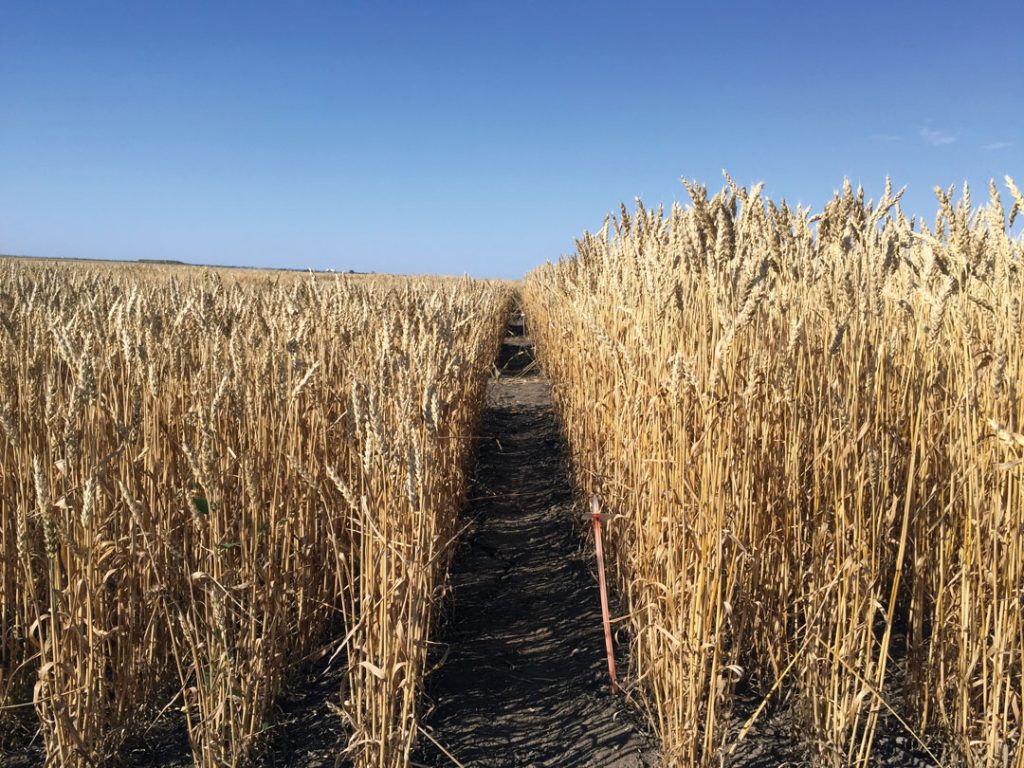
Two research projects funded by the Alberta Wheat Commission (AWC) have made significant advances in cereal crop genetics. Overseen by Pierre Hucl of the Crop Development Centre (CDC) at the University of Saskatchewan, the first of these examined the viability of a new dwarfing gene in bread wheat. Secondly, Nora Foroud of Agriculture and Agri-Food Canada (AAFC) developed new wheat and barley lines with improved resistance to Fusarium head blight (FHB).
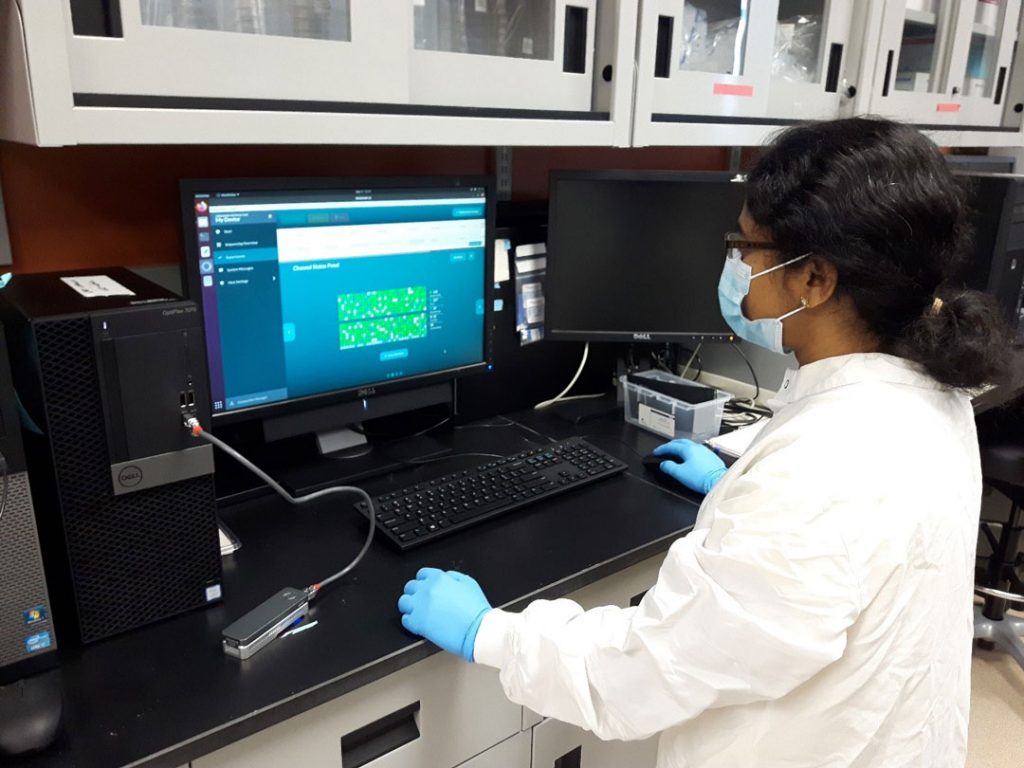
Launched by the Wheat Initiative, an international research organization, the 10+ Wheat Genome Project has unlocked the genetic code of 15 wheat varieties. Curtis Pozniak, USask professor and director of the institution’s Crop Development Centre, led the project, which was funded by numerous organizations including the Alberta Wheat Commission and carried out by scientists in several countries.
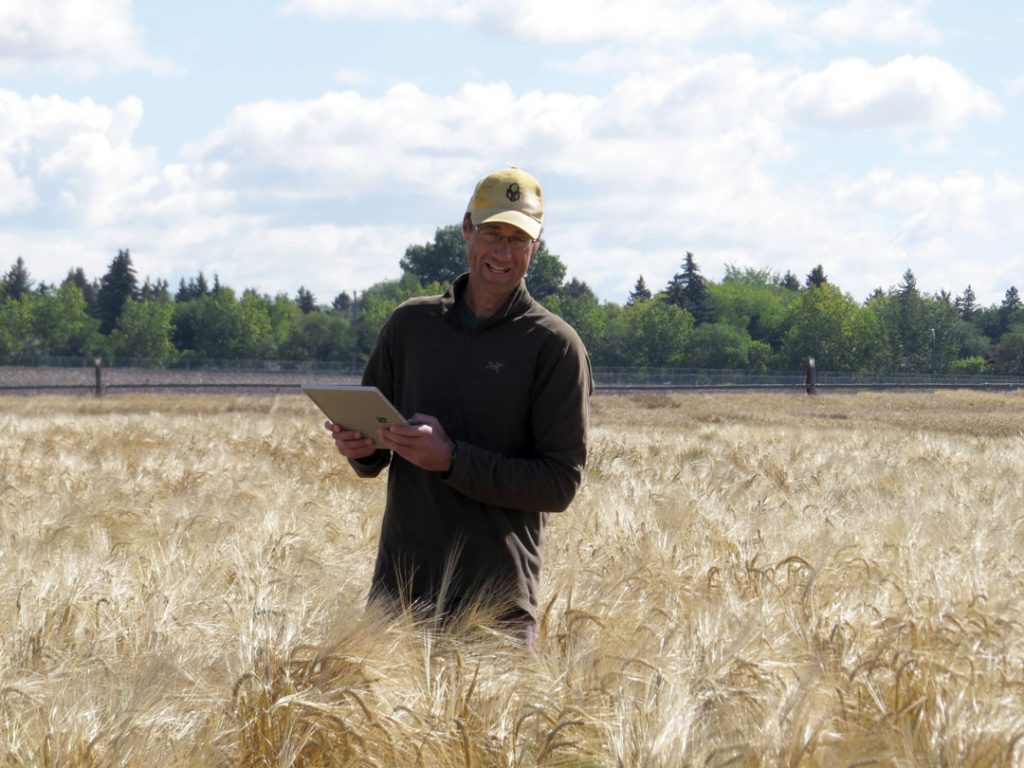
This year marks a half century of barley breeding at the University of Saskatchewan’s Crop Development Centre (CDC). The program has created plenty of top-tier varieties for western Canadian farmers since 1971.